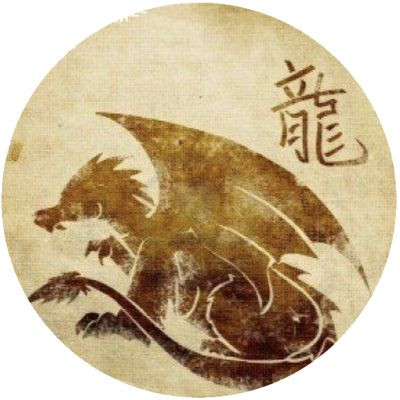Avalokiteshvara Mantra | 1008 Repetitions | Om Mani Padme Hum
► Buddhist Mantra (1008 Repetitions)
Om Mani Padme Hum
► Meaning
The meaning of the mantra is interpreted differently. The following one is from the Dalai Lama XIV.
OM or AUM
a symbol for the impure body, speech and mind of the practitioner, also for the pure exalted body, speech and mind of a Buddha
MANI = jewel
a symbol for the altruistic intention to become enlightened, compassion and love
PADME = lotus
a symbol for wisdom
HUM
a symbol for the unity of method and wisdom, which indicates the indivisibility
“Thus the six syllables, OM MANI PADME HUM, mean that in dependence on the practice which is in indivisible union of method and wisdom, you can transform your impure body, speech and mind into the pure body, speech, and mind of a Buddha. It is said that you should not seek for Buddhahood outside of yourself; the substances for the achievement of Buddhahood are within.”
(Dalai Lama XIV, New Jersey)
► Facts
This mantra is usually associated with Avalokiteshvara, the Bodhisattva of compassion.
It is the earliest and best known mantra of Tibetan Buddhism.
► References
http://www.sacred-texts.com/bud/tib/omph.htm (17/06/2017)
http://www.stimmvolk.ch/files/....289/TIBET_Om_Mani_Pe (17/06/2017)
► German Website: http://neruga.webnode.com/
► Copyright
Video/Audio © 2017 NerugaTV


 Plenitud
Plenitud















![[1 Hour]❤ Kurukulla Mantra: Om Kurukulle Hrih Soha | Red Tara Bodhisattva Mantra ❤](https://i.ytimg.com/vi/AQbxzf_OTbo/maxresdefault.jpg)
![[1 Hour] 💕 Red Tara Mantra | Om Tare Tam Soha Mantra | True Love Manifesting Mantra 💕](https://i.ytimg.com/vi/hCO3QpmvnBc/maxresdefault.jpg)

